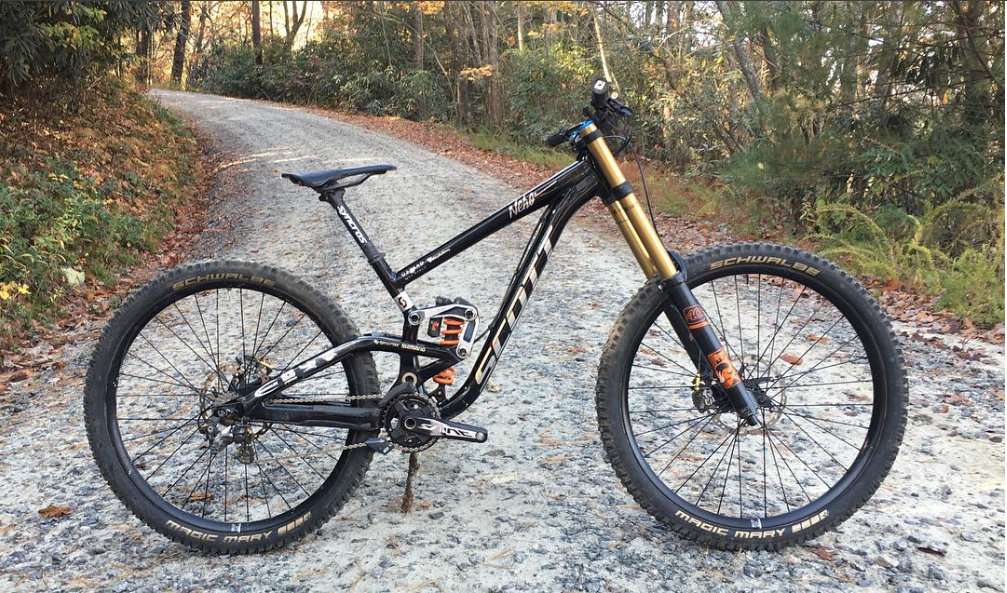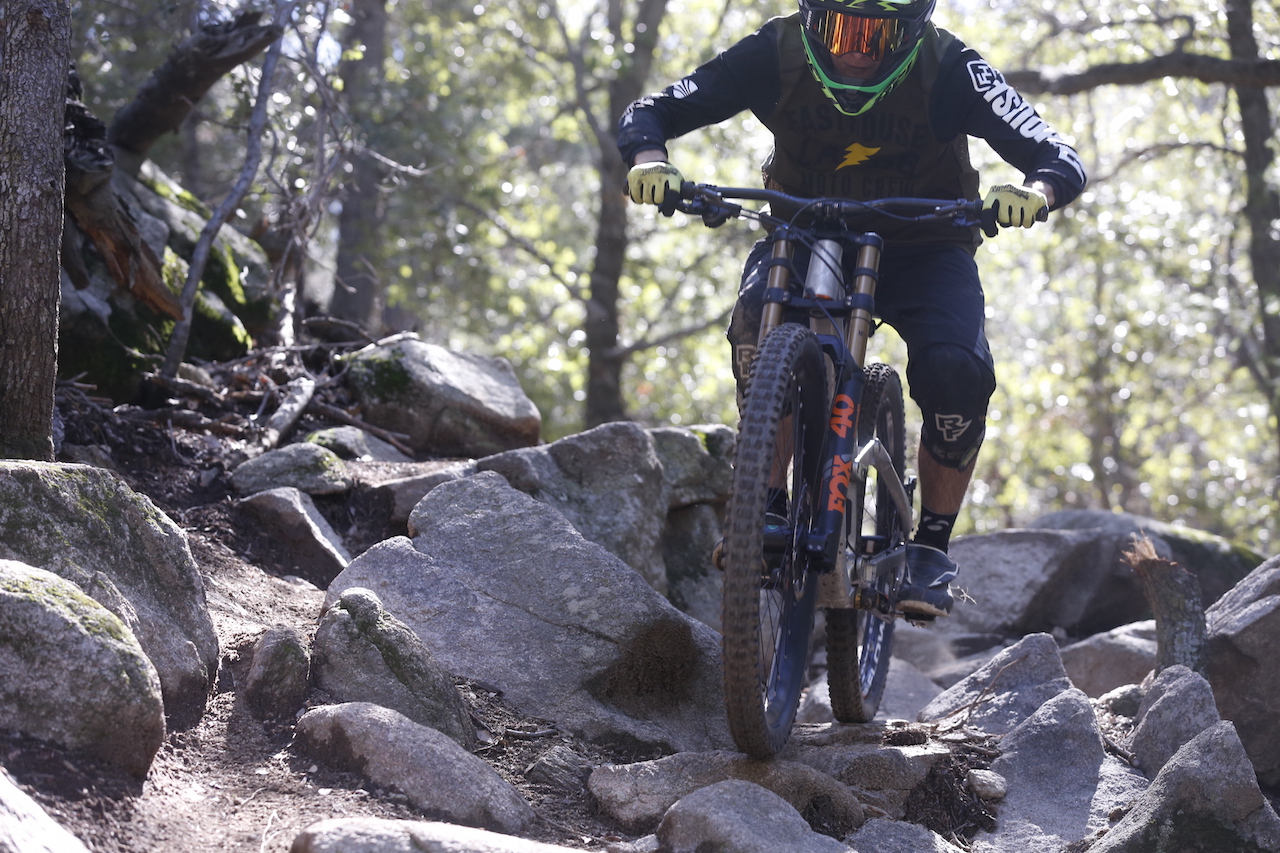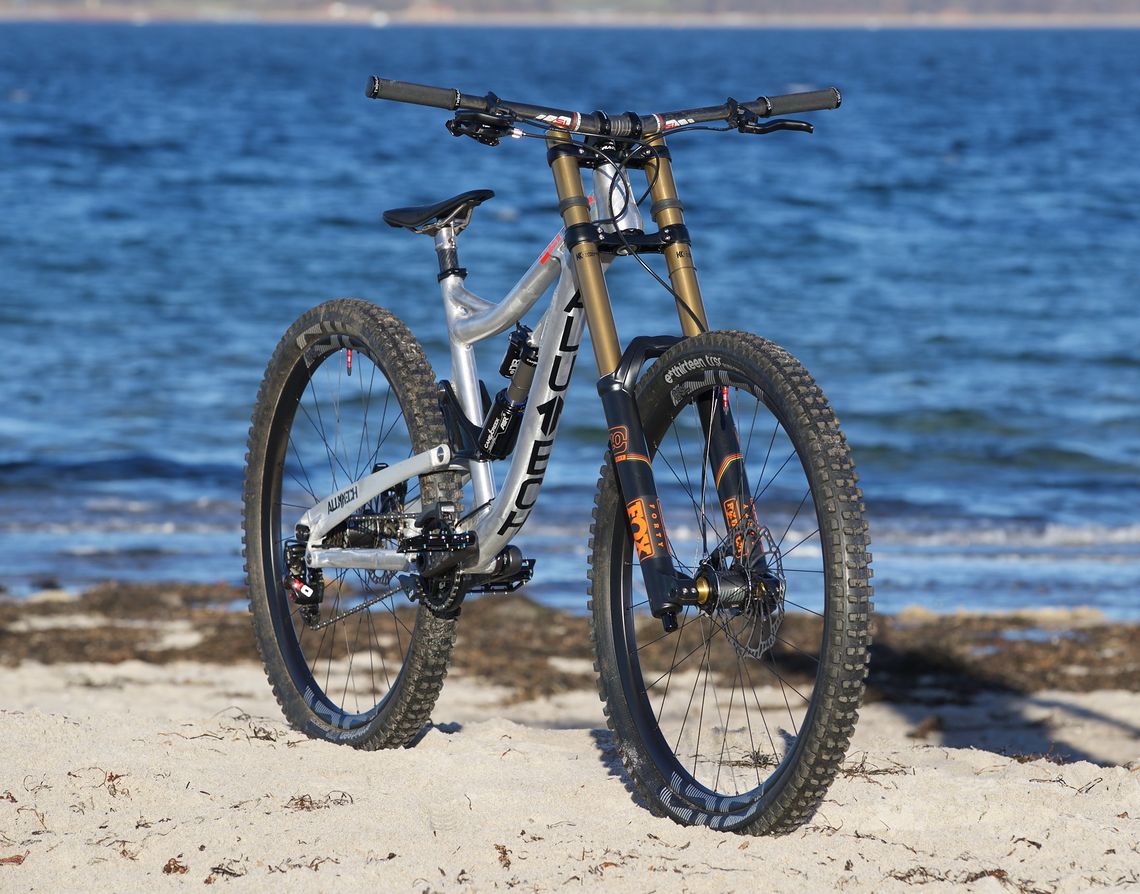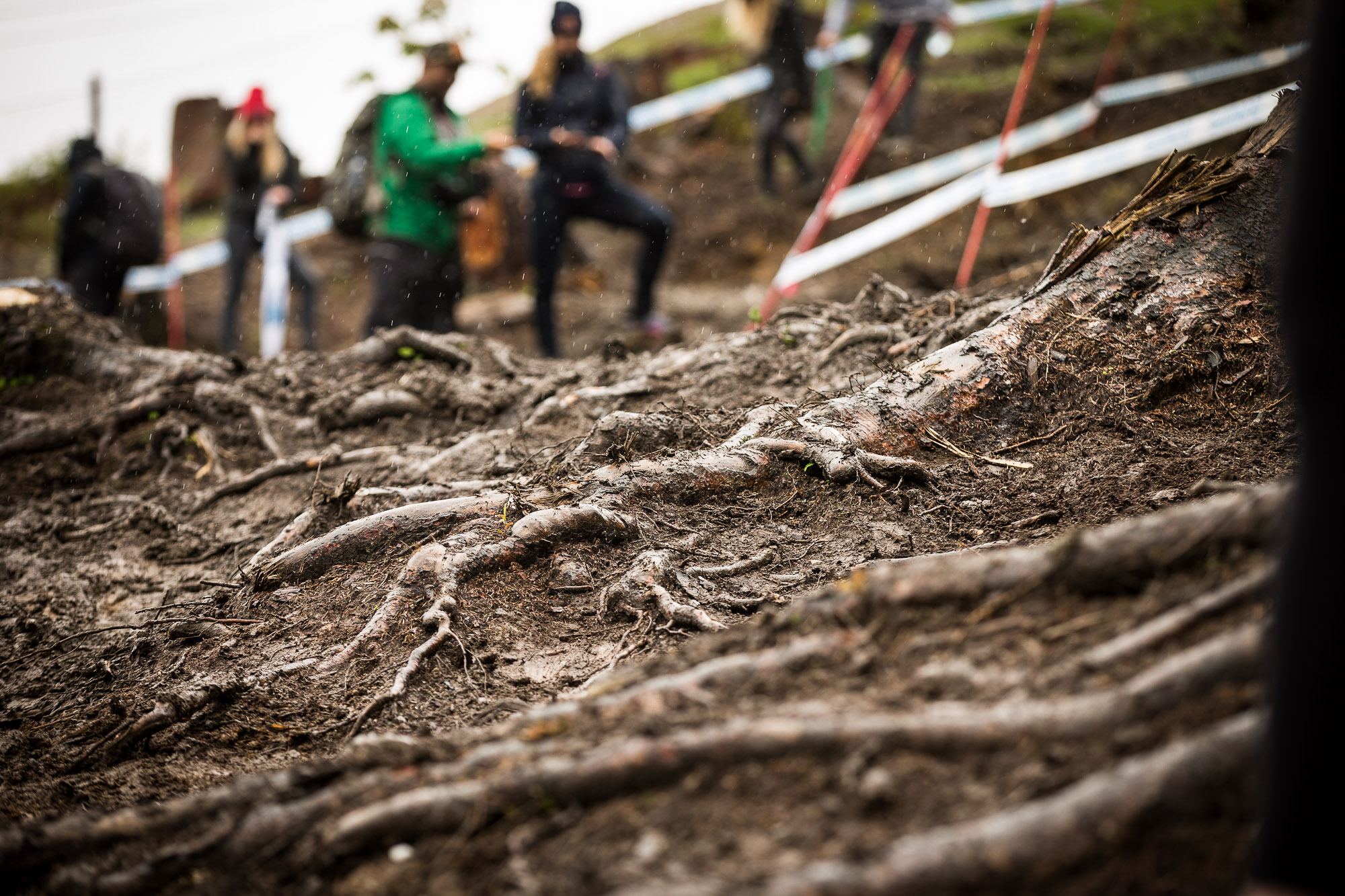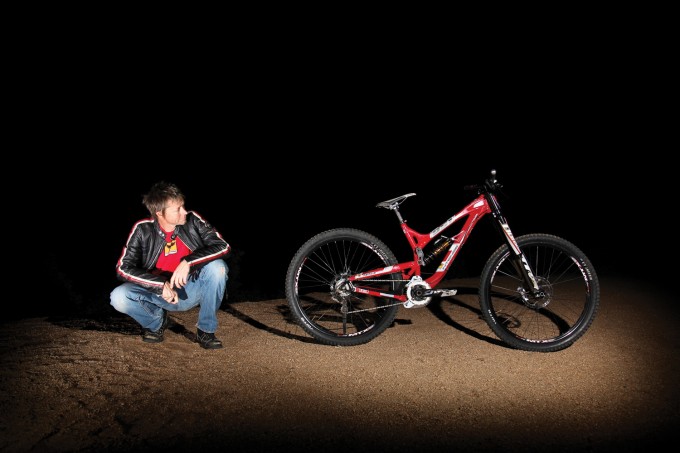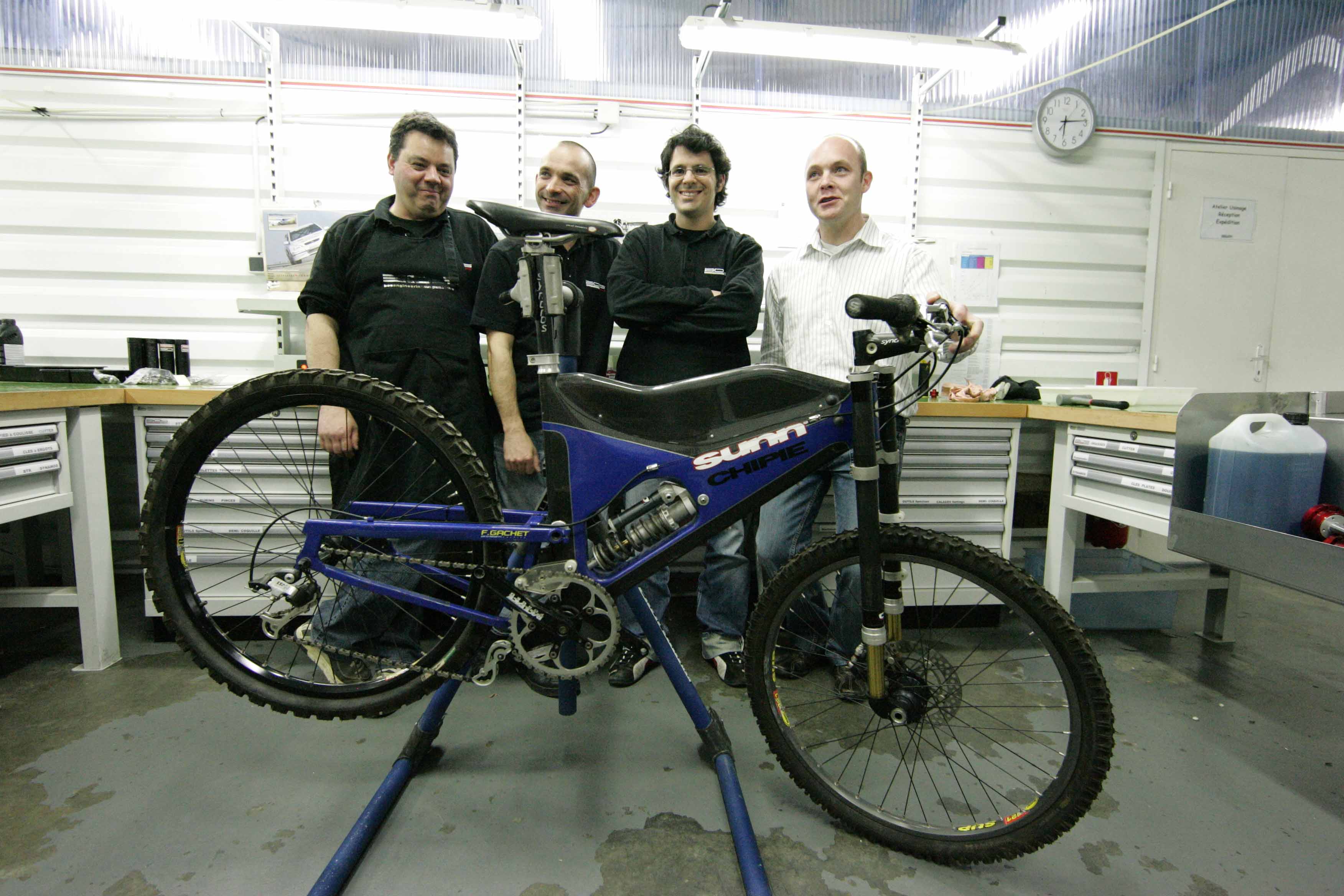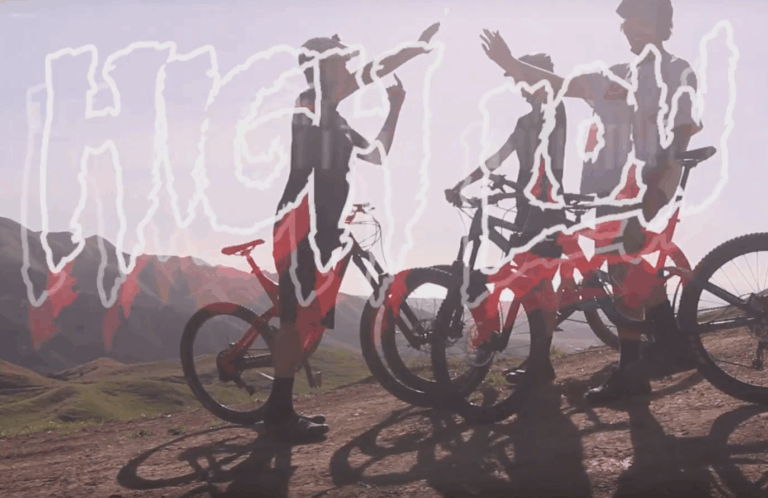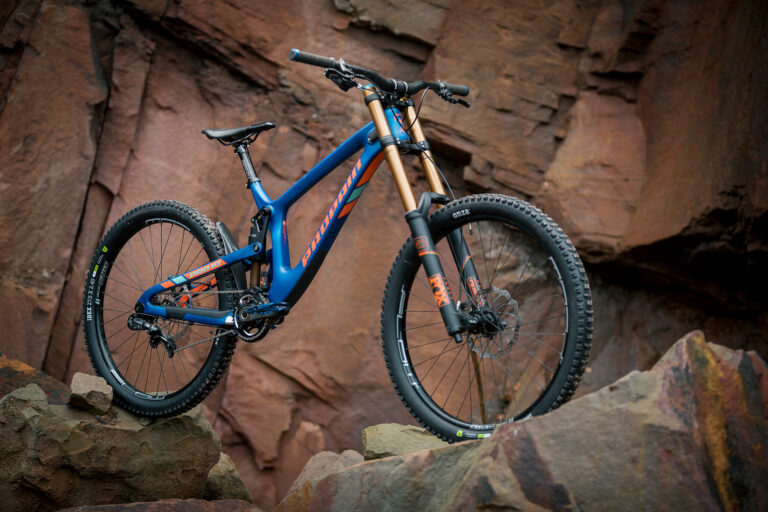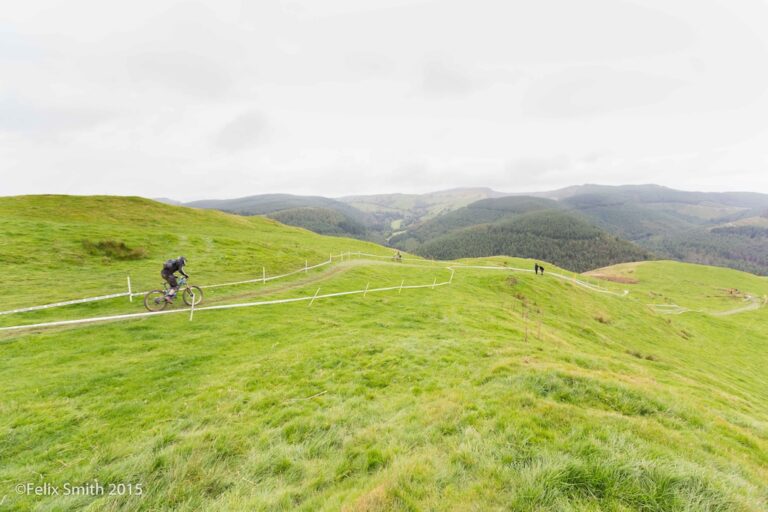The truth of the matter is that negative comments are mostly coming from riders who have not ridden a 29” downhill bike. The practicalities are such that 29” bikes should lead to fear rather than loathing. Maybe they are afraid of the speed? A 29” downhill bike has more grip, carries more speed through root and rock, has more stability and is able to boost off lips with far more distance. The undoubted speed increase is palpable. Good for the sport, right?

Of course the comparison with 27.5” wheels is an interesting story, but it’s very much old news. To summarise, even though a 27.5” wheel bike feels more lively, it’s simply a feeling. You feel fast because the bike is moving around a lot more. However, the big wheels, with a BIG downhill fork mean even more composure, which in turn means even greater speed. So while there is certainly some mileage in the fact that 29” wheels can feel dull, that many riders cannot interact with the terrain like a 27.5” wheeler, this is simply because we as humans (most of us, at least) have yet to have the capability to push them hard enough. World Cup racers should relish the challenge rather than shy away from the speed increase.
From discussions with several top racers it seems they would simply love to have the chance to use such equipment. Lourdes could be a landmark event, or it could simply prove how much peer pressure is rife in downhill.

PRODUCTION VS FACTORY RACER
We know there are already many 29” prototype downhill bikes in existence with some of the top ranked teams. In fact, Jeff Steber at Intense built one seven years ago. It’s not anything THAT revolutionary. However, it appears some brands might be wary of letting their pro riders loose on new machinery, fearful it will have an adverse affect on current model sales.

The counter argument is that downhill is the premier mountain bike discipline and the fans love to see the pro racers using factory exotica that is out of reach to the regular rider. It showcases brands who are ahead of the curve and those who are not. The Honda (HRC) motocross bikes, one example, and Formula One cars another. But downhill is better than those sports, so why not let the pro riders loose on some of the cutting-edge products?
The simple answer is that, for many brands, they have nothing to show. Indeed for years now there has been a move for team riders to use what are ultimately production bikes. True, there have been a few moulds being filled with more or less layers of carbon fibre to make bikes stiffer or flexier, but by and large these are production frames winning races.
In days gone by, brands were never afraid of racers using factory-only machinery, with Cannondale, Giant, Sunn, Trek just some of those making and using prototype machinery in public. It was seen as being ahead of the curve (which it is) and brands never considered the impact it would have on current production stocks.

Today it’s all about fine tuning: Gwin using a different swingarm on the YT; Canyon slipping in a different link on the Sender; Specialized mounting a more progressive linkage. Downhill racers are part of the development process but don’t forget there’s also an element of smoke and mirrors in the downhill scene too.

It’s understood that many teams have been testing 29” wheels with positive results. However, from what we’ve been hearing, team orders – or rather the brand headquarters – have been calling the shots disallowing the prototype bikes to be used. Seeing as new versions of current bikes do exist and are being ridden by pro riders for many brands, this appears to be a sudden volte-face. Are brands holding back on us? Have some brands been caught napping? Is there a gentleman’s agreement between brands as to when they’ll launch the 29” bikes onto the race circuit?
Lourdes will be a test of bottle. Clearly every round counts and you can only imagine the frustration felt by a racer who knows there is faster equipment available yet is being put on a leash with development.


